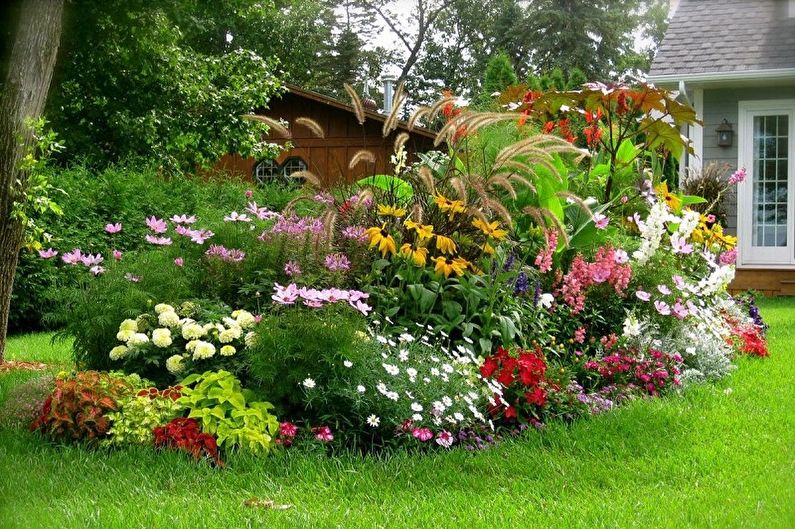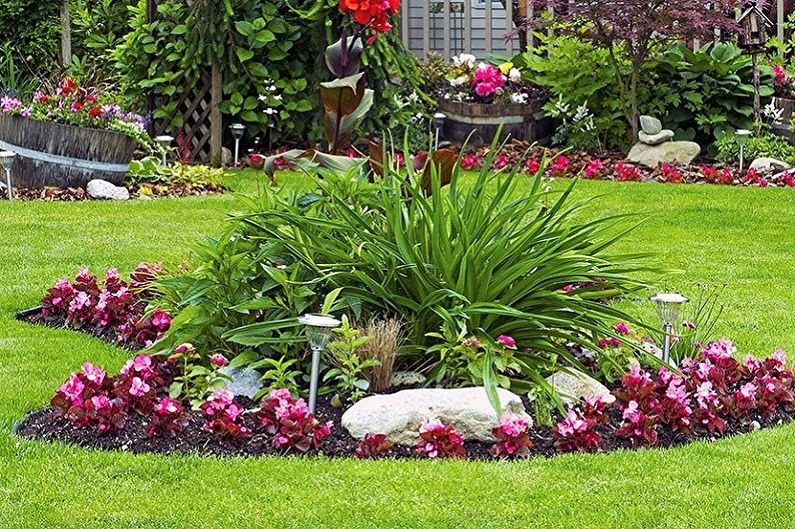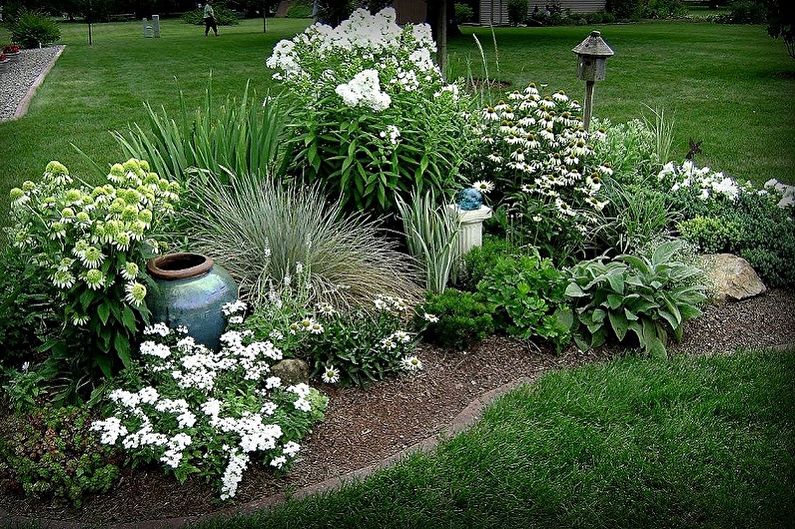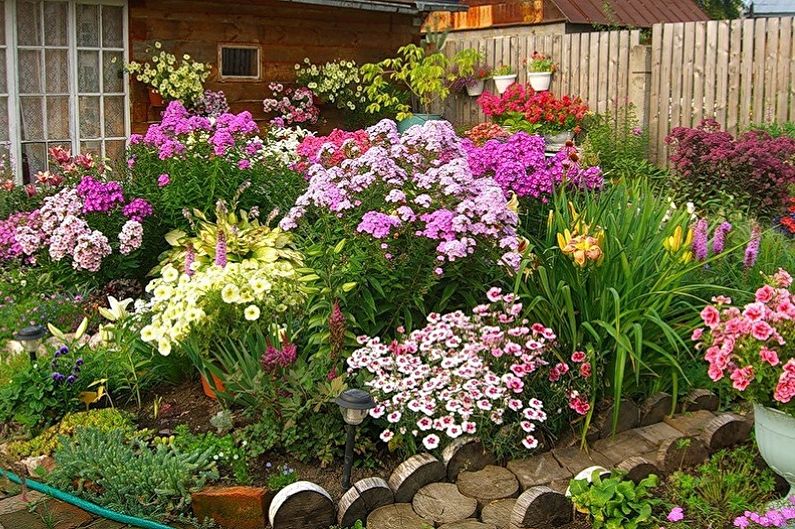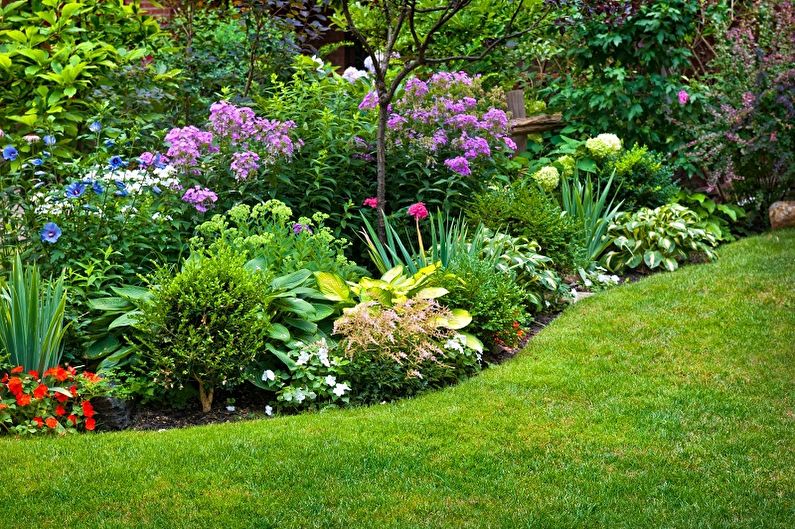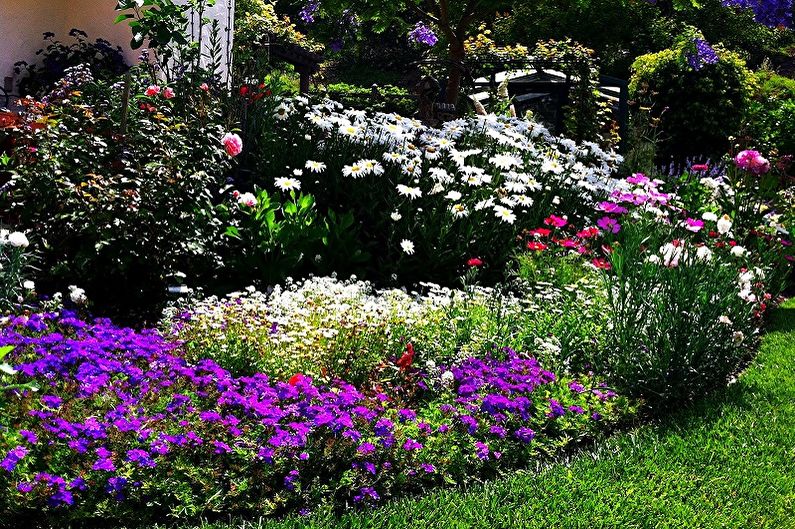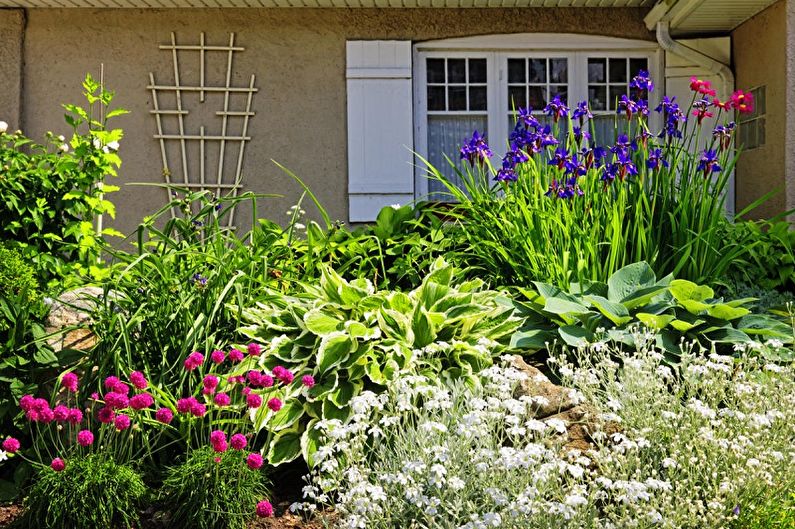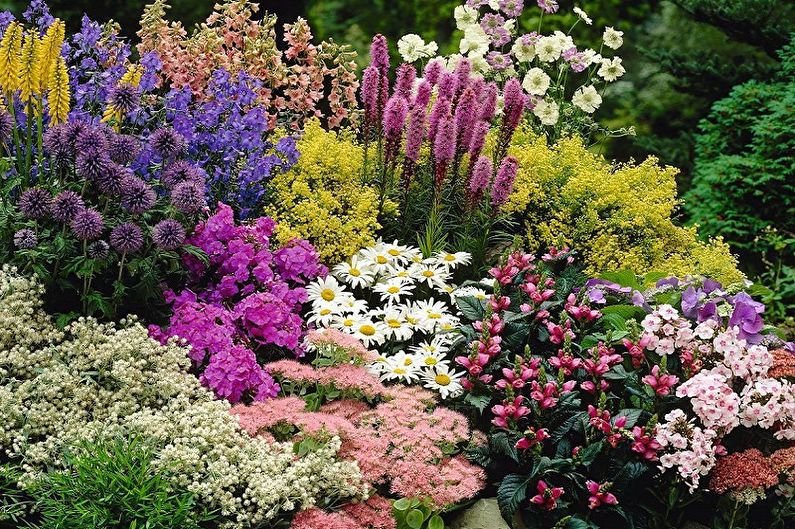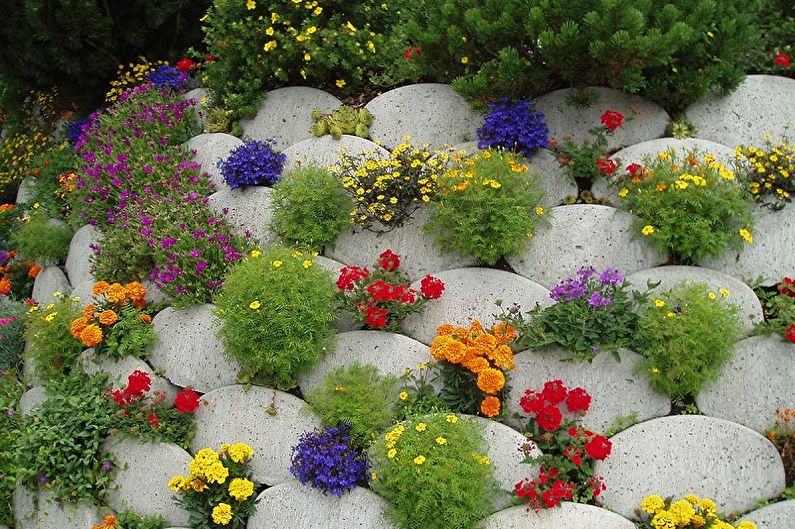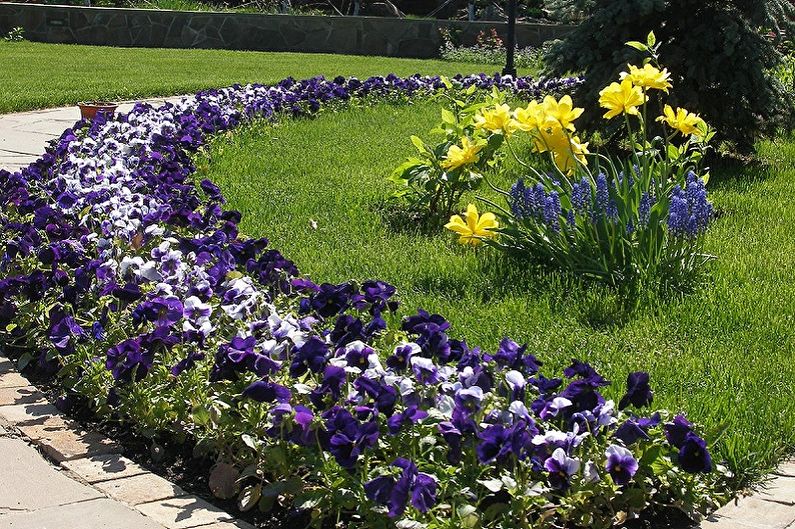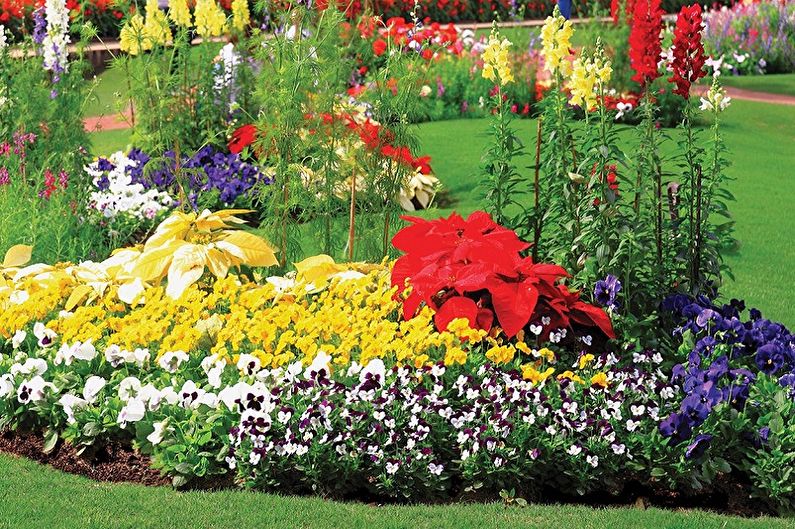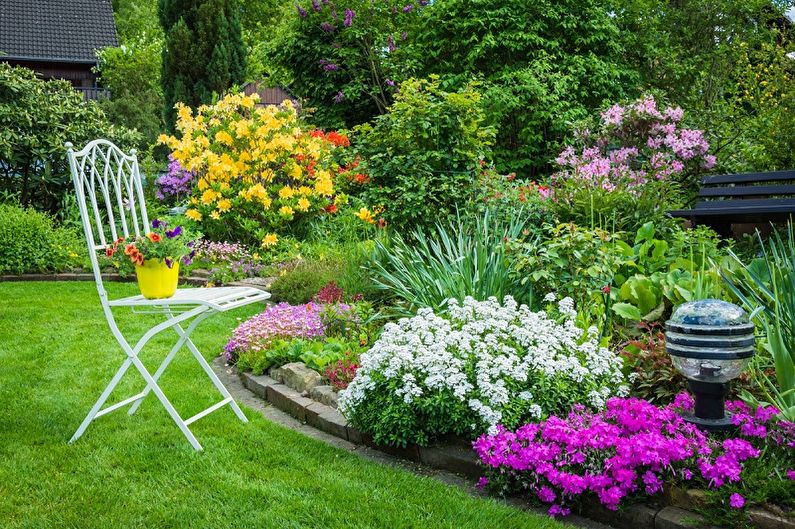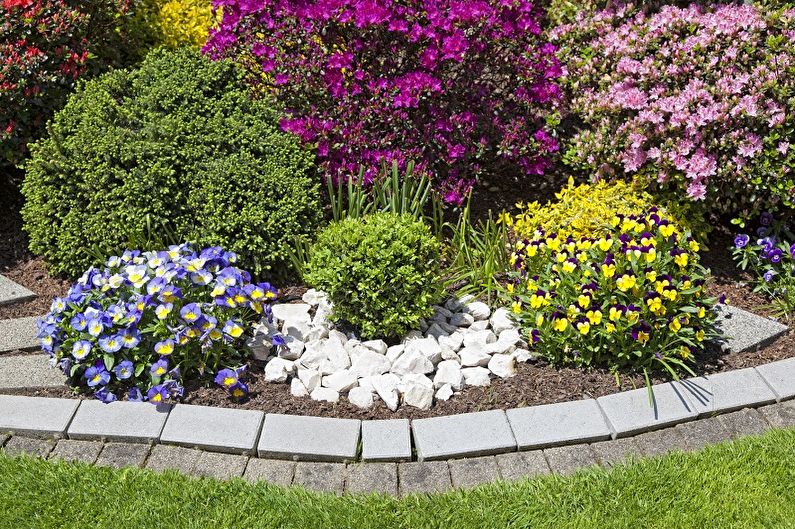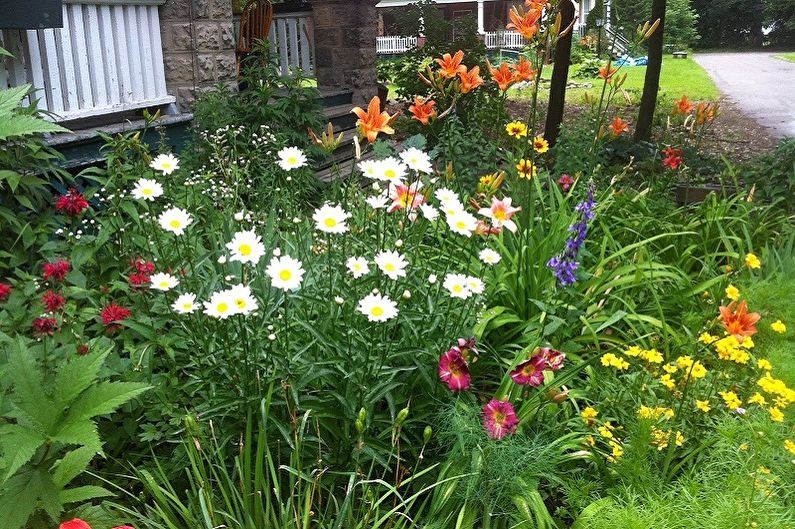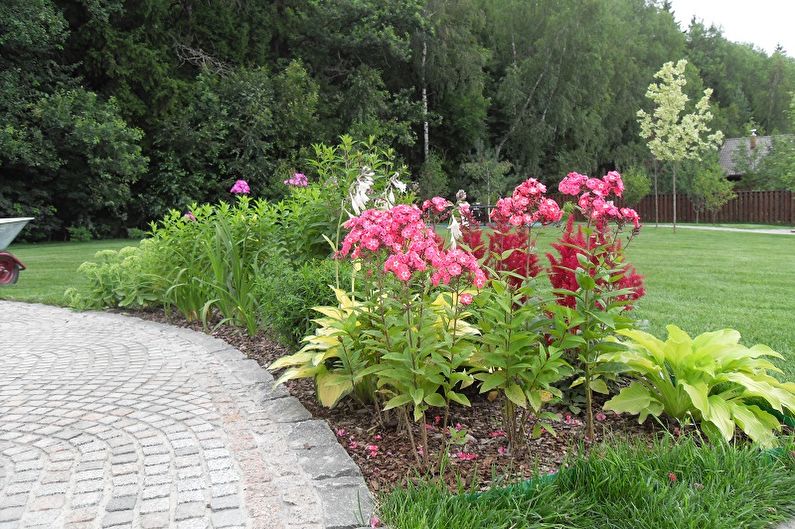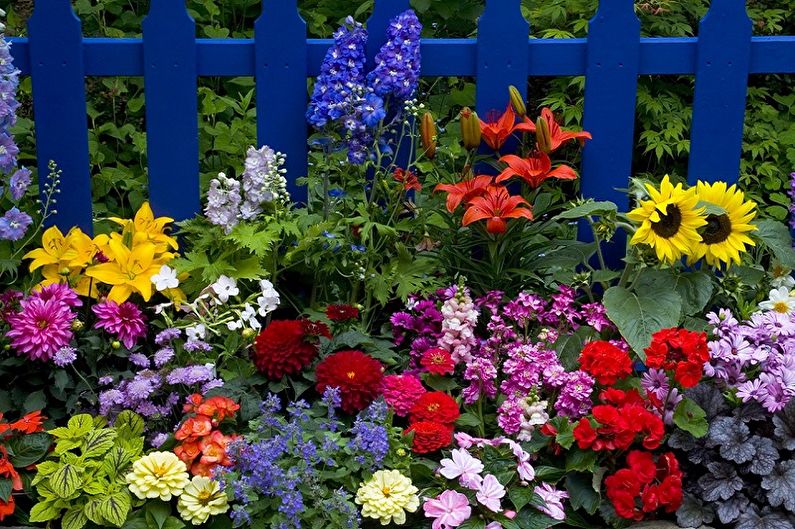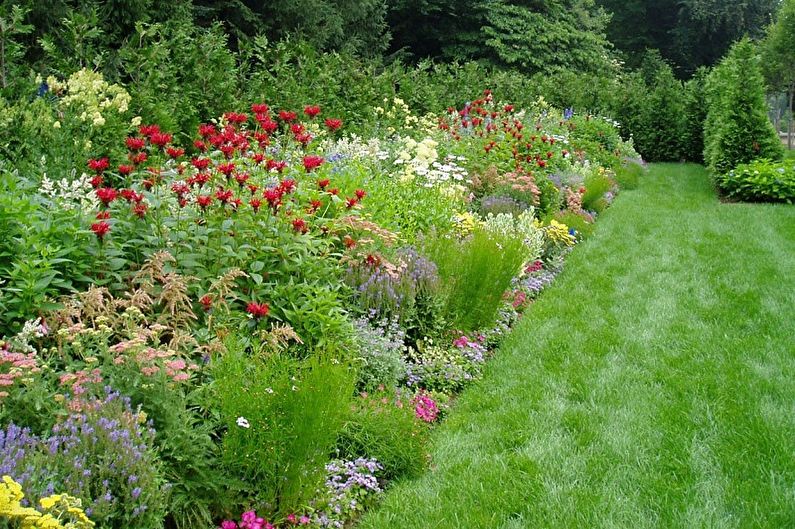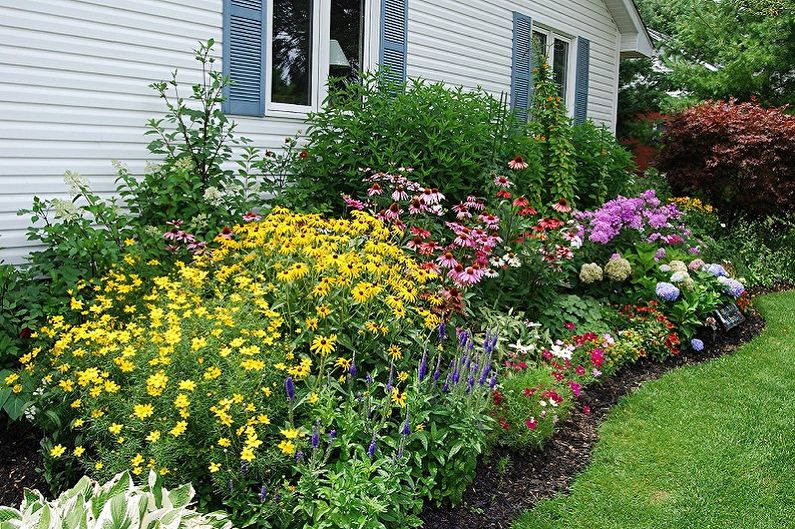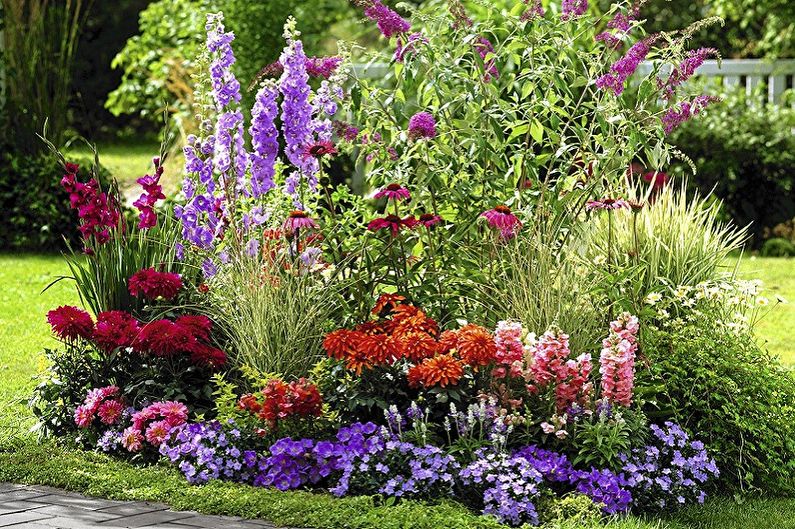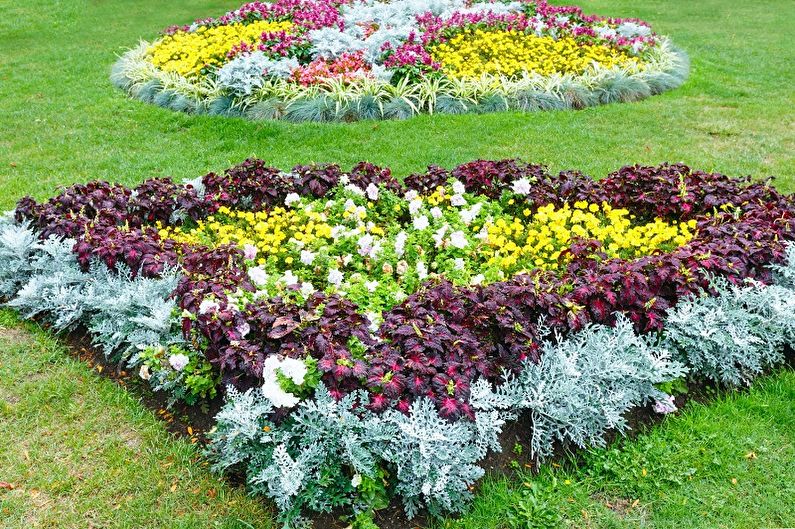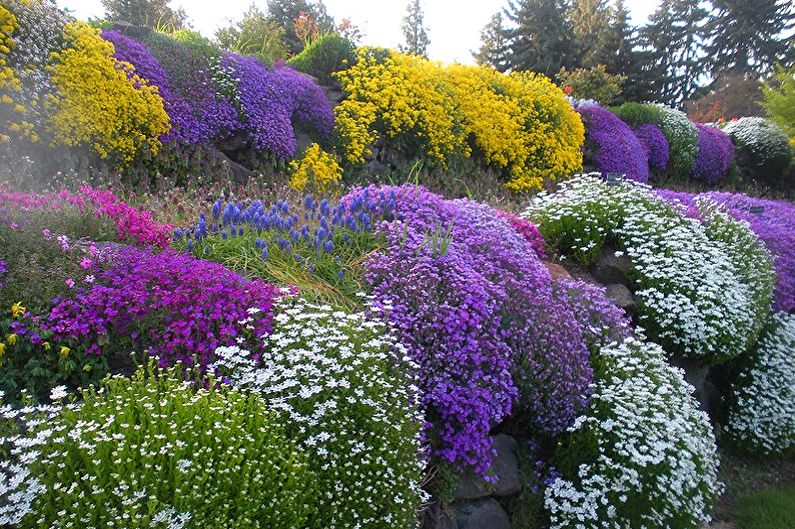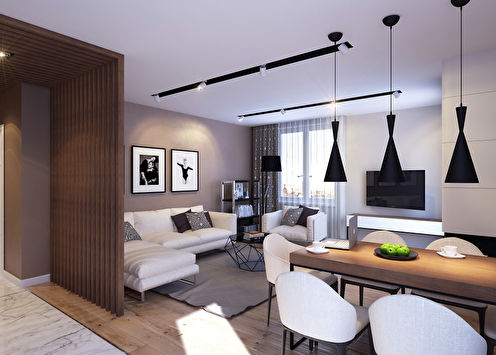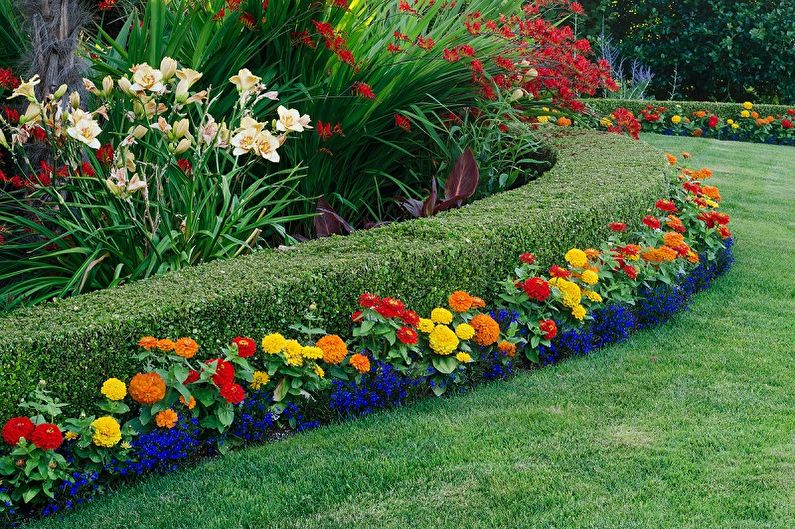
It would seem that it is difficult to organize a flower garden near your home by planting various types of plants? In general, to do this is quite simple. However, for this to be a truly beautiful composition, which does not require annual painstaking work on re-registration, it is worth paying attention to the rich variety of perennials. Such flowers are capable of quite a long time to delight their owners with lush flowering, a chic palette of colors and very simple care.
Benefits of planting perennial flowers
In the world there is an incredible number of flowering plants. Why exactly perennials have the status of the most beloved gardeners? A list of the main advantages will help to understand this issue, namely:
- Lack of need for transplantation for at least two years, or even much more;
- Due to its frost resistance, perennials winter without problems in open ground;
- Requires minimal simple care, so that the plants look great all season;
- Most perennial flowers can be propagated by a simple division method, which is also quite economical.
Often perennial flowers, if they do not fill with themselves the entire flowerbed, then act as its basis.
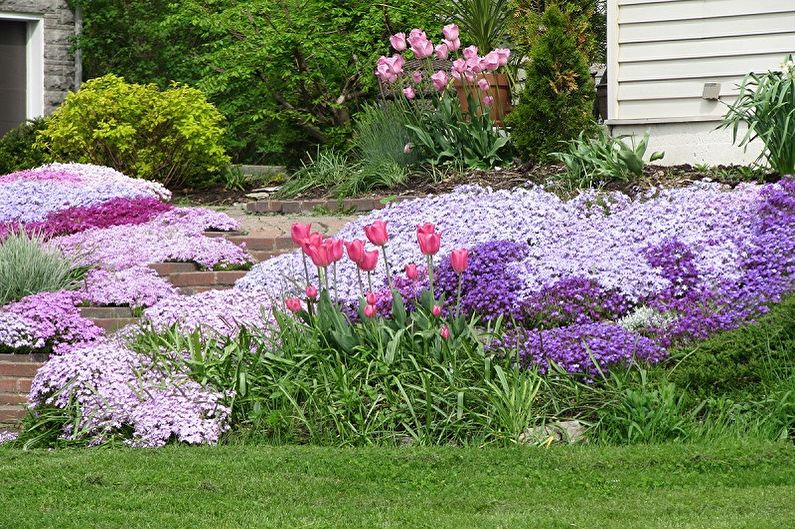
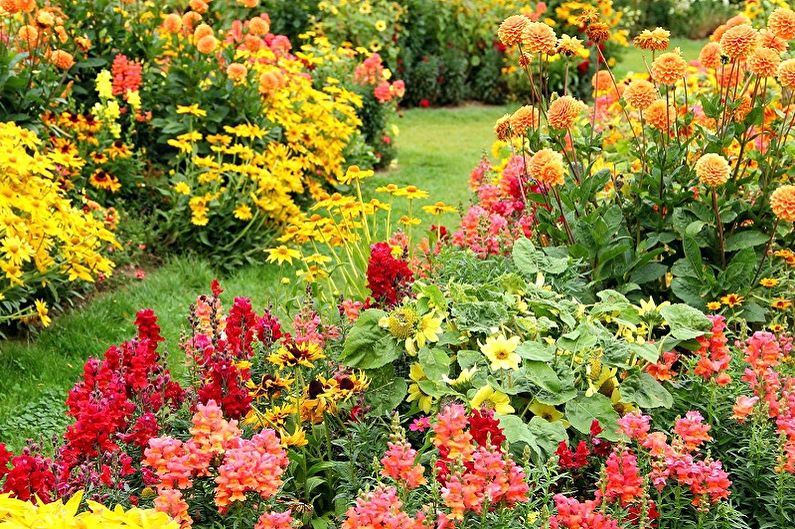
Perennial Care
Although perennials are not demanding, but for the flower garden to please its owners throughout the season, as well as for the prevention of diseases, plants need simple care. The most important measures are loosening the soil, watering and applying fertilizers, fertilizing. Especially abundant watering is necessary for plants during the formation of buds and flowering, as well as on hot, dry days. It is recommended to water the plants with warm water, since cold from the well can be harmful. Sometimes gardeners simply collect water in advance in barrels for sludge, where the pump is then placed.
The first top dressing is applied to the soil in the spring, after the snow has melted. Next, feed perennials during the budding period, at the beginning of flowering and at the end of it. At the same time, organic additives are added in the spring, and mineral additives in the summer. With the onset of autumn, from the end of September, soil fertilizer ceases.
Another care item involves preparing perennials for wintering. Flowers should be cut as low as possible, and dry tops must be removed, as it is a haven for rodents. Only fresh plantings are not cut - young plants are covered with spruce branches for the winter. This also applies to alpine plants.
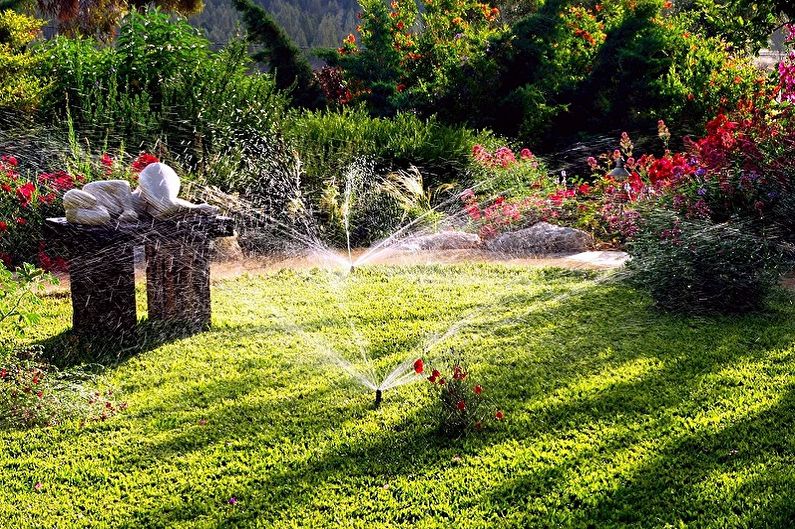
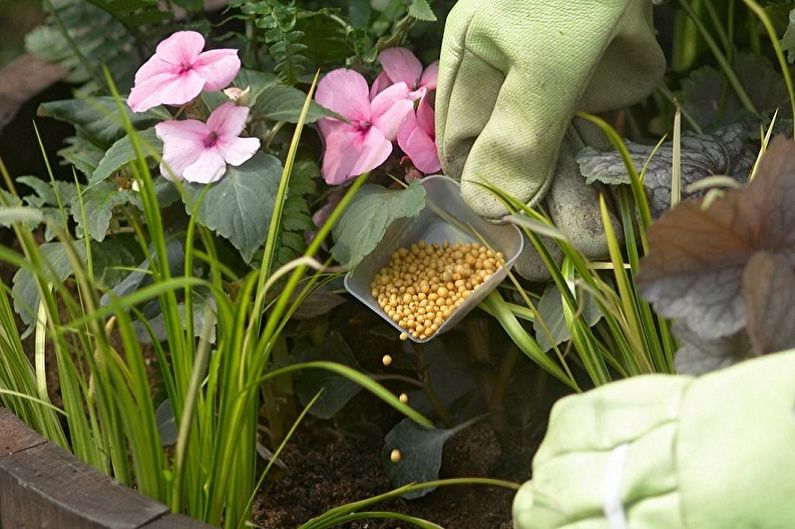
Types of perennials
The classification of perennial plants is extensive and contains many complex botanical characteristics. For the organization of a beautiful flowerbed in the garden with your own hands, the most important characteristics are the size of the flowers and their flowering periods. Based on these criteria, it is possible to conditionally delimit plants into appropriate groups.
We choose flowers based on the flowering period
Flowers, of course, are the main decoration of any house area, and I want to contemplate the riot of colors as long as possible. To do this, it is enough to competently compose a flower bed of representatives of the flora that can bloom at different time periods. Consider the most common garden crops that can please the eye at one time or another time of the year.
Perennial flowers blooming in spring:
Tulips - bloom in various colors from the first month of spring to the last, giving preference to sunny areas, can also grow in a potted version;
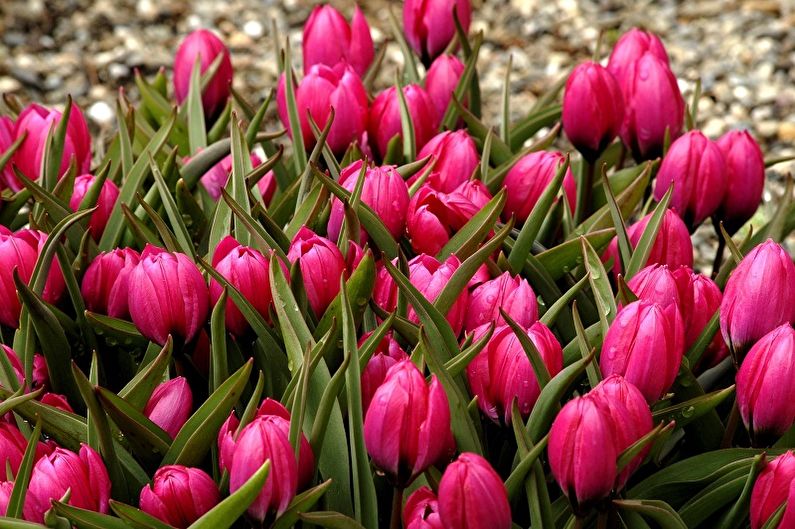
Daffodils - The first buds open in April.It is believed that their bulbs scare away rodents, so plants are often planted along the edges of flower beds with other crops;

Crocuses - Beautiful multi-colored spring flowers that are planted in open areas. The first buds appear in early spring;
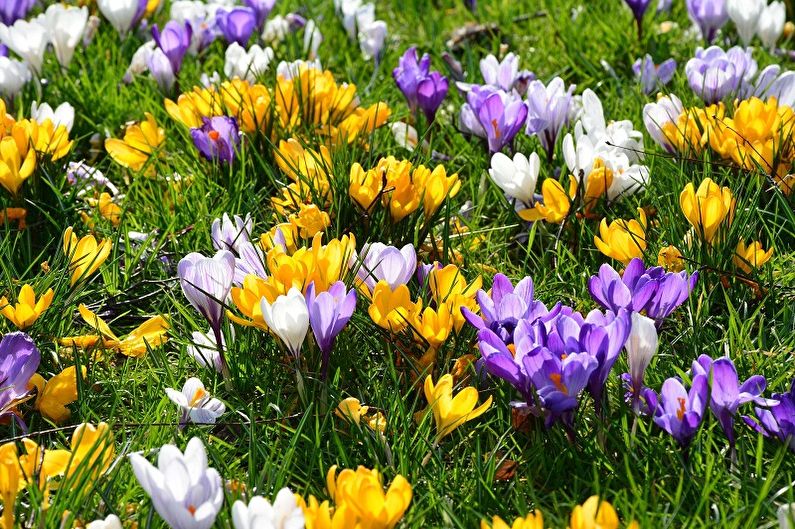
Hyacinths - have bright fragrant colors of a diverse palette from snow-white to deep purple and even black. Culture does not like cool drafts, therefore, most often they are planted near shrubs.
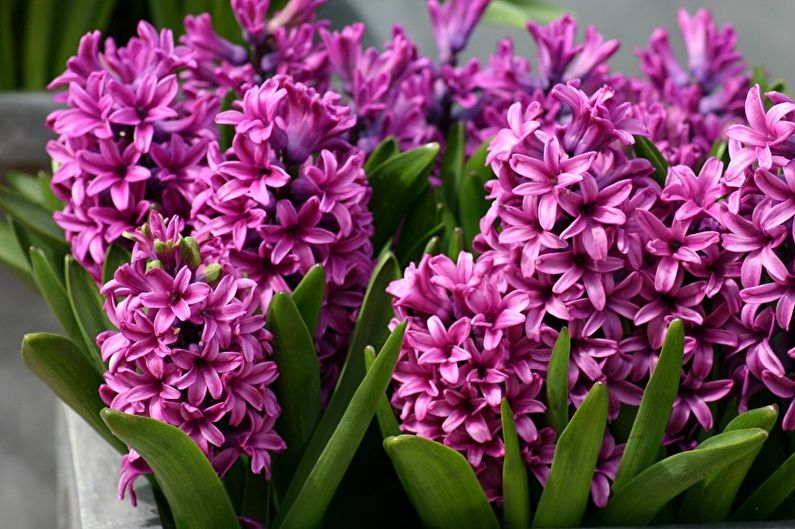
Perennial flowers blooming in summer:
Phlox - elegant and bright, they can perfectly bloom in any areas, frost-resistant and long-blooming;
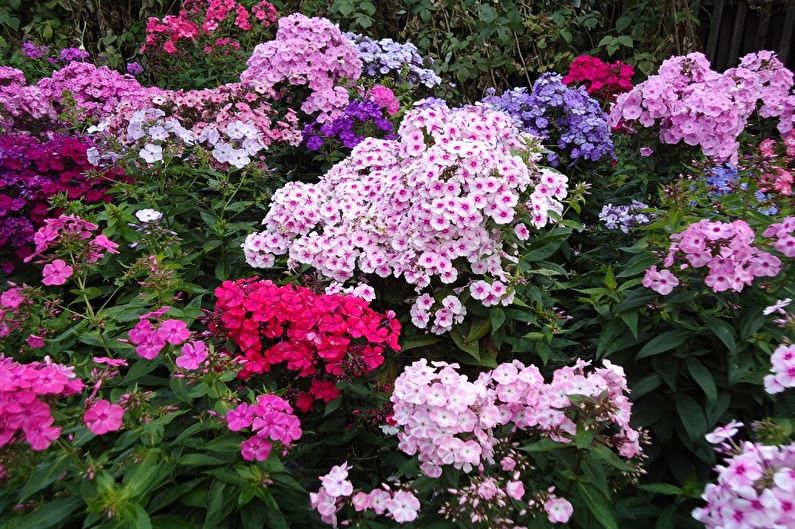
Peonies - they can rightfully be called the most spectacular high flowers that are used to compose bouquet compositions;
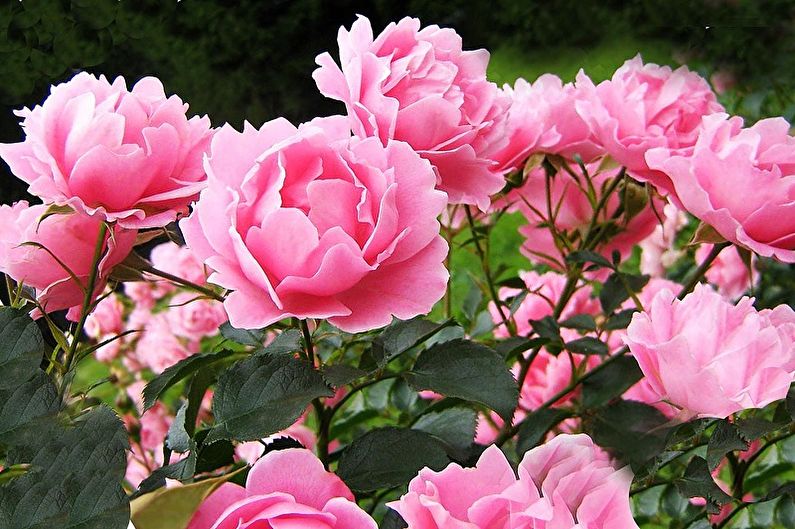
Lilies - gentle and very nice plants. Of all the perennials, perhaps the most capricious, requiring special attention;
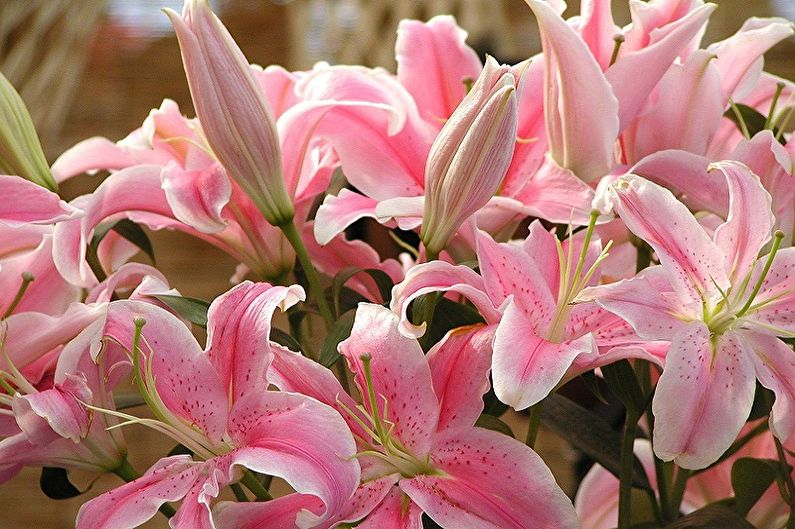
Irises - Flowers are not in vain bear the name of the goddess of the rainbow, because they have a huge number of shades. The main flowering occurs in the spring, but some species may bloom repeatedly in the fall;
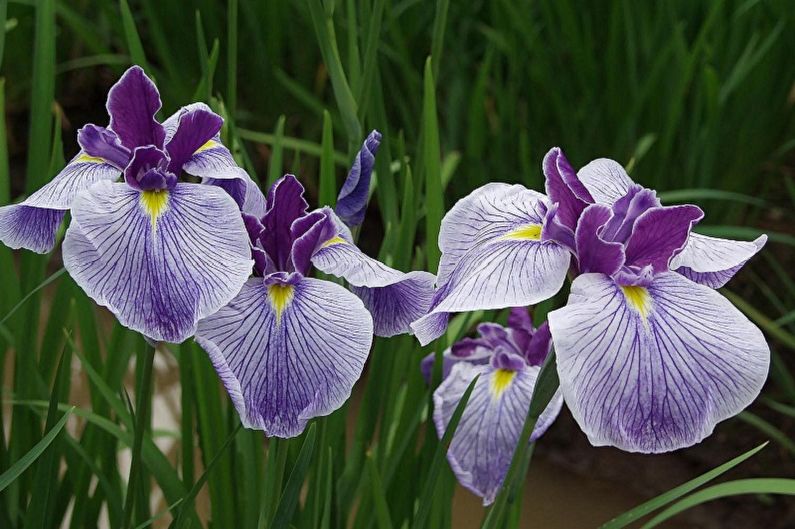
Pansies - flowers that fascinate with their original form, combined with the same unusual color in various shades.
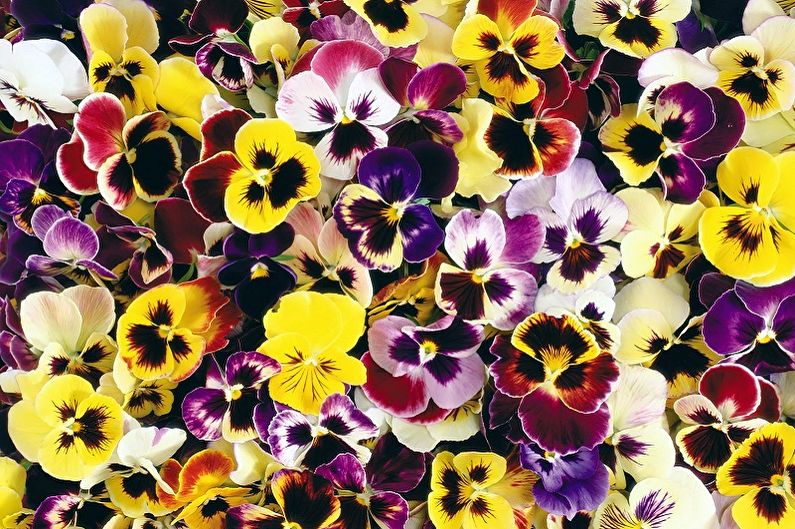
Perennial flowers blooming in autumn:
Chrysanthemums - excellent herbaceous perennials, which are especially loved by breeders and therefore have a wide variety of varieties with small and large bright flowers;
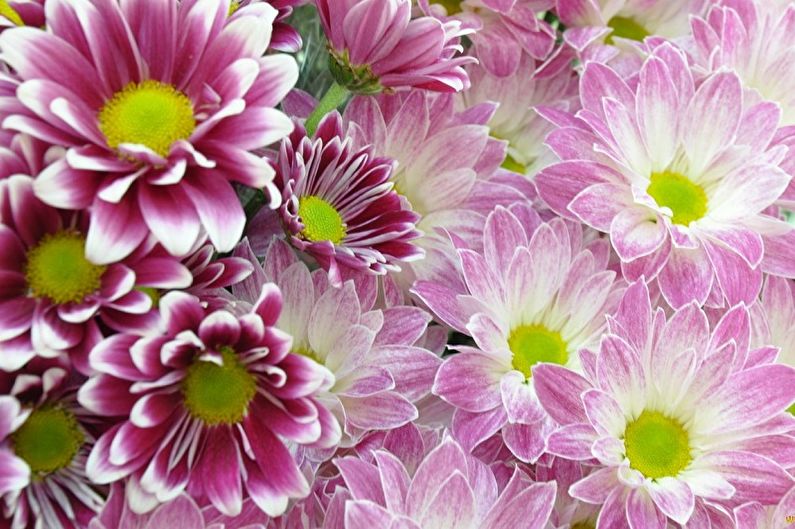
Echinacea - the thermophilic beauty, who has many bright buds, prefers sunny areas, may not bloom in the shade at all, has useful properties, helping to treat many diseases;
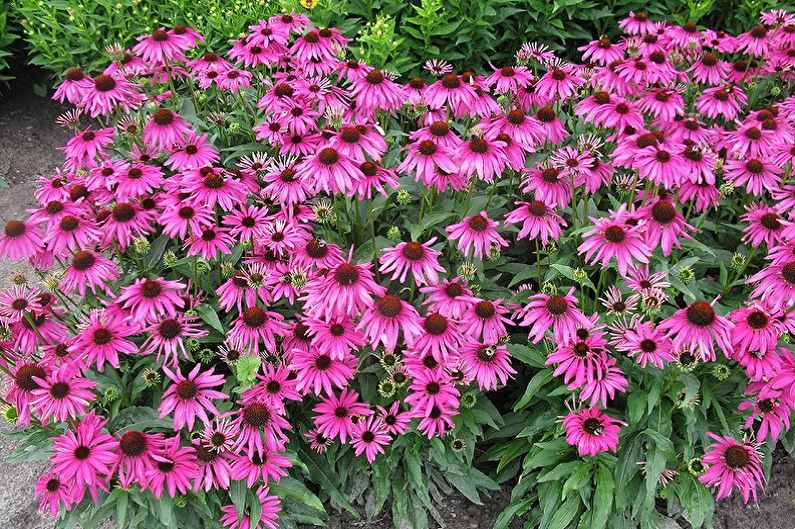
Goldenrod - blooms with yellow inflorescences towards the end of summer and pleases with flowering until the late onset of cold weather; it is used in medicine in the treatment of kidneys and bladder;
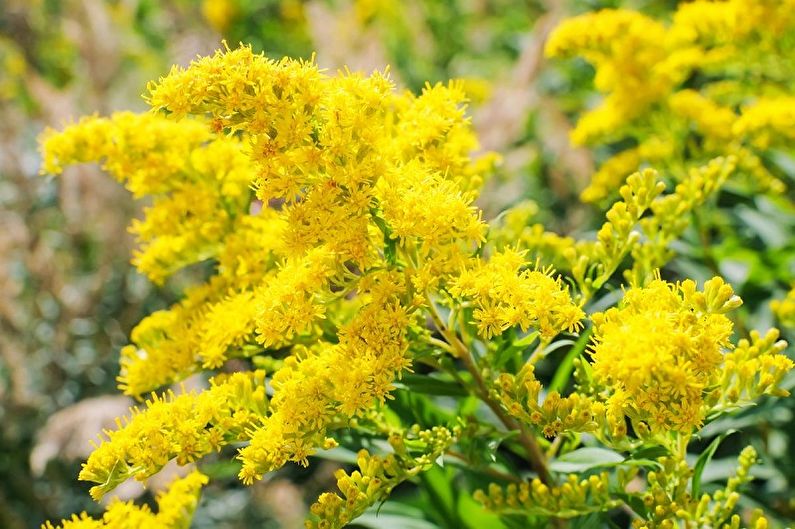
Dahlias - are among the most flowering plants, have an extensive palette of shades and various forms of flowers;
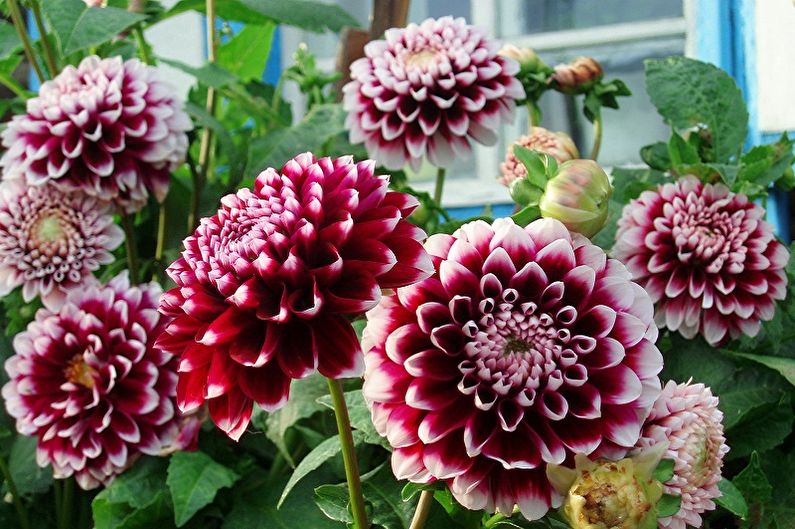
Asters - popular flowers with about 4000 species, some of which resemble daisies, and some with chrysanthemums, the color ranges from light pink to purple.
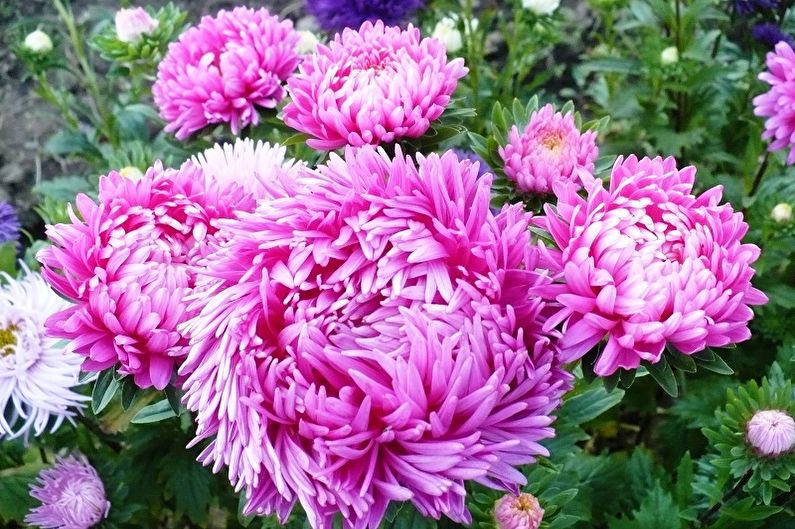
Choice of colors according to size
In landscape design, the height of a plant plays an important role, which must be taken into account when decorating flower beds of various configurations. Before planting, this factor is important to consider so that the beauty of flowering of low-growing plants is not muffled by higher ones, especially since tiny representatives of the flora in darkened conditions may lose their decorative effect.
Tall perennials:
Stockroza - Excellent plants with powerful peduncles begin to please with their color with the onset of sunny summer;
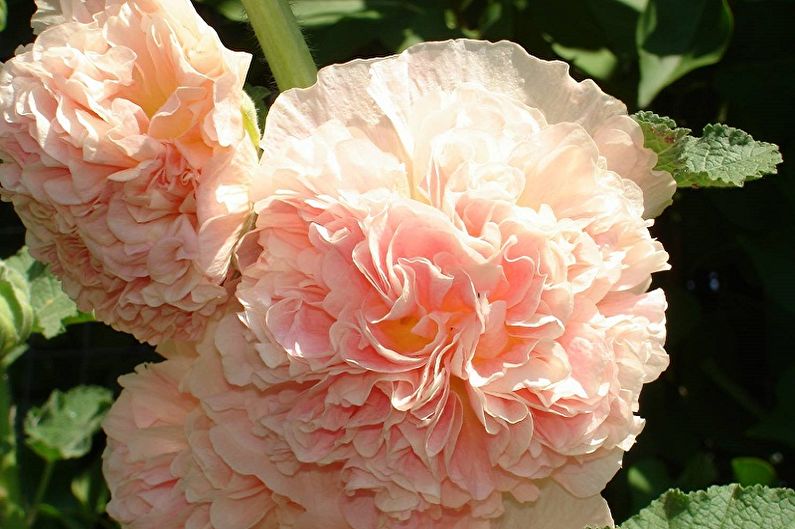
Spiraea - has beautiful magnificent brushes similar to soft pink or white clouds, which soar at a height of more than a meter above the ground;
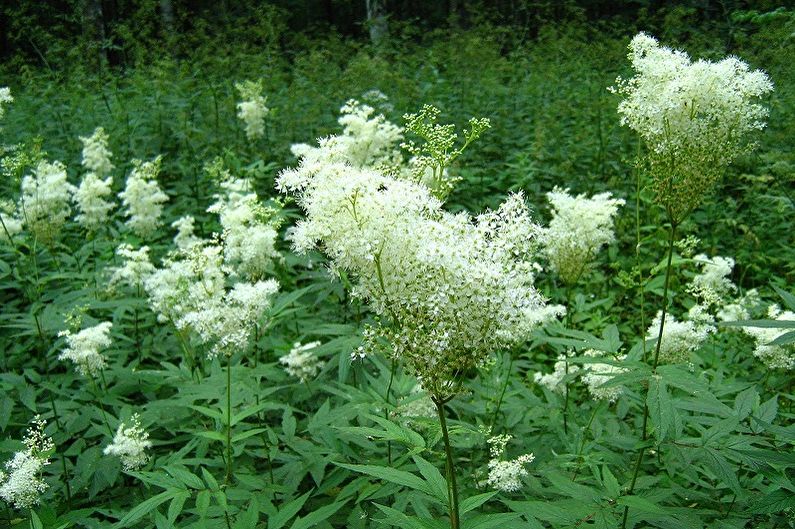
Mallow Zebrina - a tall perennial endowed with spectacular violet-purple flowers with ornaments of dark veins;
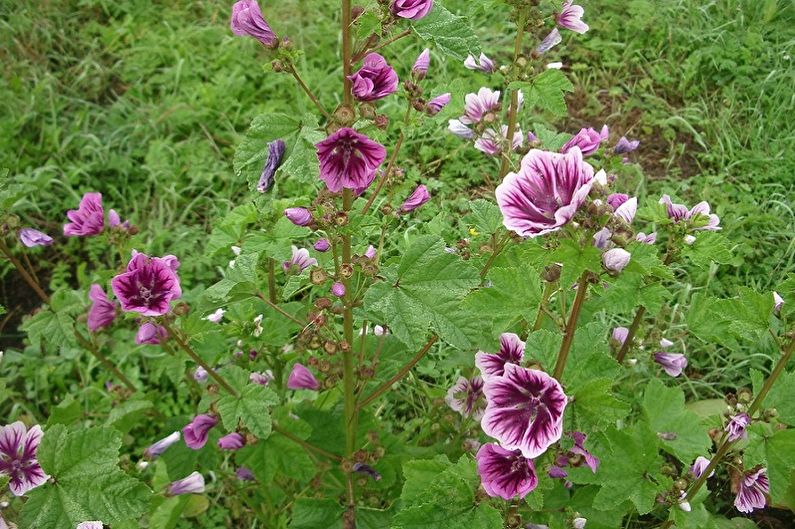
Medium-sized perennial flowers reach a height of not more than 80 cm. These include such favorites of gardeners as:
Persian poppy - its first leaves appear even in early spring, and in the first days of summer, touching scarlet buds bloom;
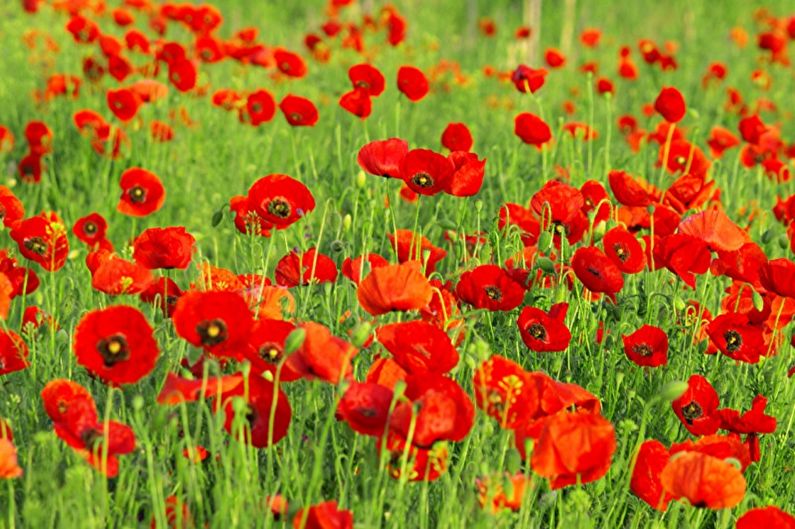
Astra Bush - It is used to effectively decorate the garden, as it is able to quickly and efficiently cover the most unseemly corners. Being quite decorative in itself, it forms an attractive background for other perennials;
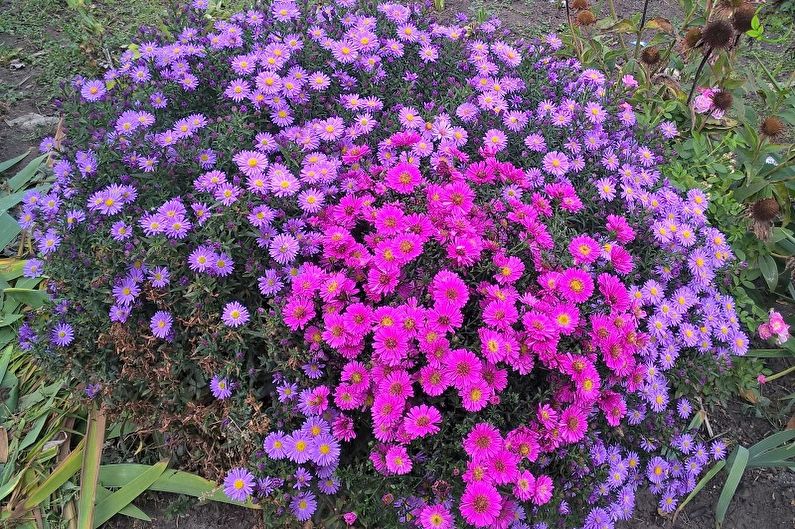
Muscari - blooms with bright dense beads of fruits. A small plant behaves admirably in shaded areas;
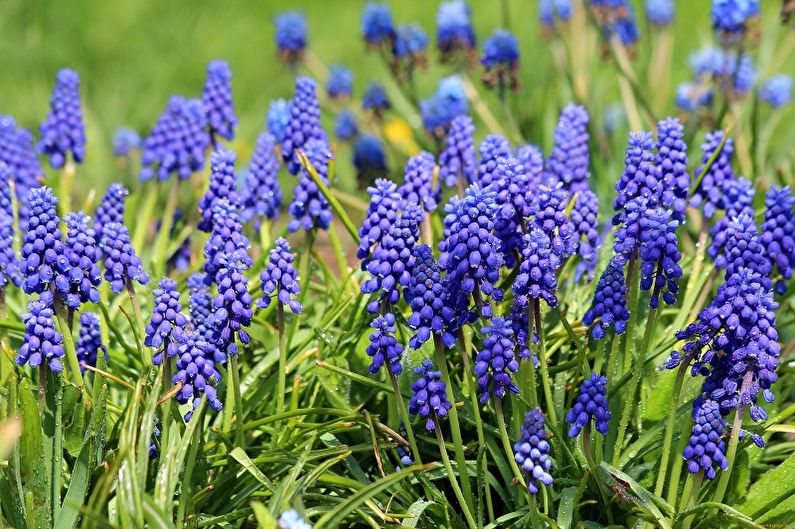
Astilba - It has lush apex inflorescences from small openwork flowers of white, lilac, and purple hues. Especially beautiful species with drooping inflorescences.
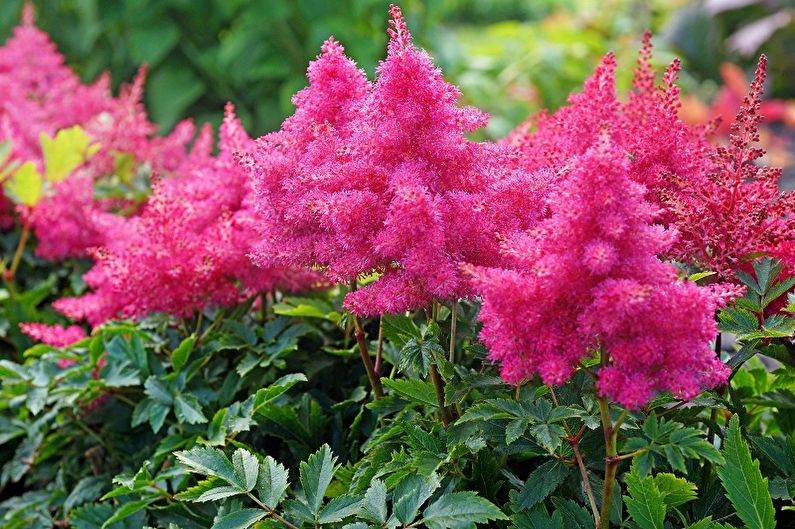
Undersized perennial flowers often on the flower beds occupy the foregrounds, creating the effect of solid carpets.They perfectly retain their decorative effect for a long period, which can be seen in the example of such cultures as:
Arabis - blooms in open areas with white or bright pink bales of small buds;
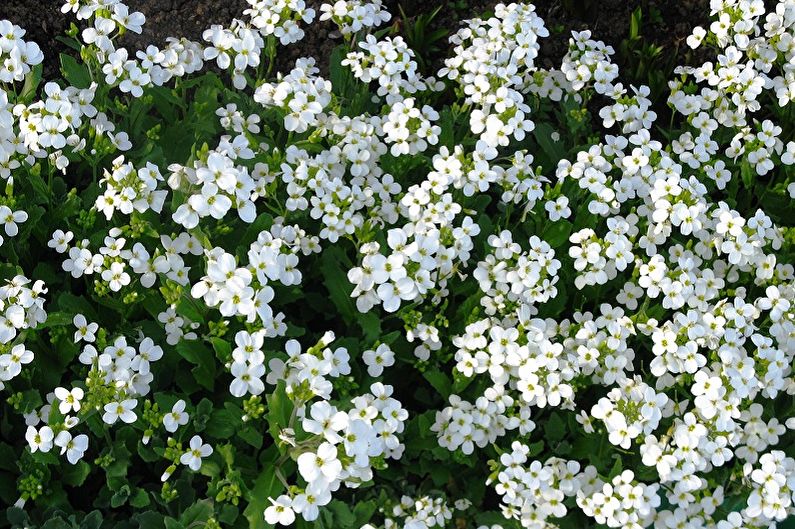
Geranium - low plantings can often be found in borders or in the role of ground cover plants, suitable for rocky gardens. The culture has spectacular foliage, maintaining its decorativeness all season;
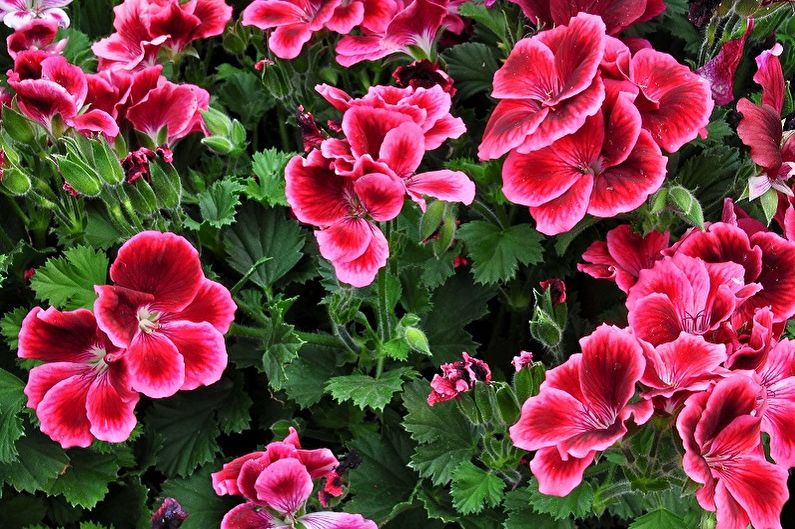
Colchicum - grows comfortably both in the sun and in the shade, often planted along shrubby landings, in rock gardens. The flowering period begins in late autumn, decorating an empty garden;
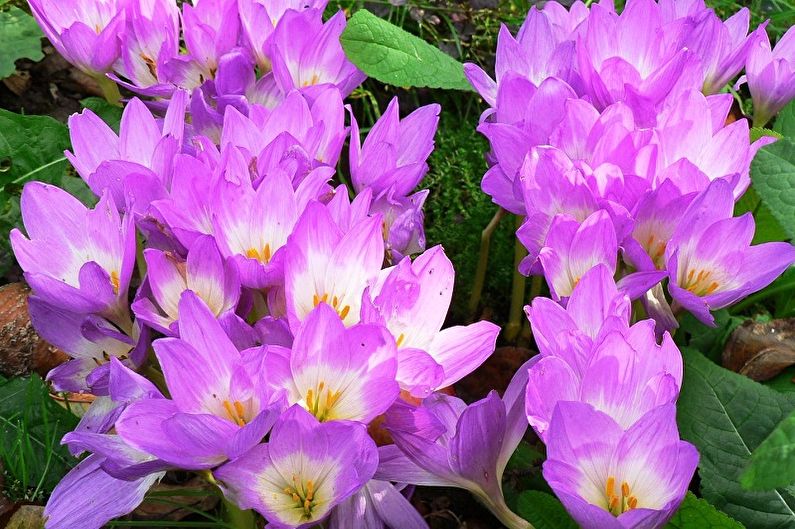
Periwinkle - wonderful undersized perennial, not higher than 20 cm, with small blue flowers. He loves both sunny and shady areas.
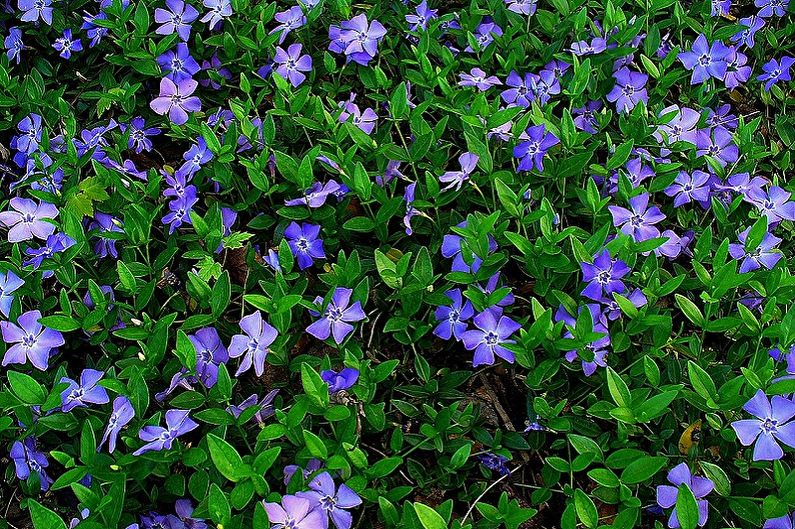
How to make a flower bed from perennials
To create a really beautiful flower garden on your site, you need to follow some simple rules. First of all, this concerns the choice of form and method of arrangement, according to which there are such types of flower beds as:
1. Modular, where, in addition to plants, there are small architectural compositions (vases, fountains);
2. Mixborders, which are linear landings of various widths, which equip along the paths, walls of the house;
3. Tapeworms - in most cases they are placed sporadically and contain flowers collected according to some general characteristic (color, growth, etc.);
4. Workers - long and thin plantings containing a geometric ornament;
5. Borders - stripes of stunted plants used to frame individual territories;
6. Rockeries - flower beds, the obligatory element of which are stones (such plantings are also called stone gardens);
7. Rock gardens - a rather fashionable design of a flower garden, where subtropical plants are planted on a hill.
Having decided on what kind of flowerbed will be formed, it is worth paying attention to such a concept as a tier, i.e. a multi-level planting. To contemplate the beauty of the whole plant in the flowerbed, you need to plant them in the correct order, according to growth. In round and oval flower beds, high crops are placed in the center, in mixboards they are planted in the background.
Of great importance in the formation of the flowerbed is the color palette, since it is precisely the color scheme that determines the harmony of the image of the garden by 99%. Before planting, you need to familiarize yourself with their color scheme and choose the most pleasing combinations.
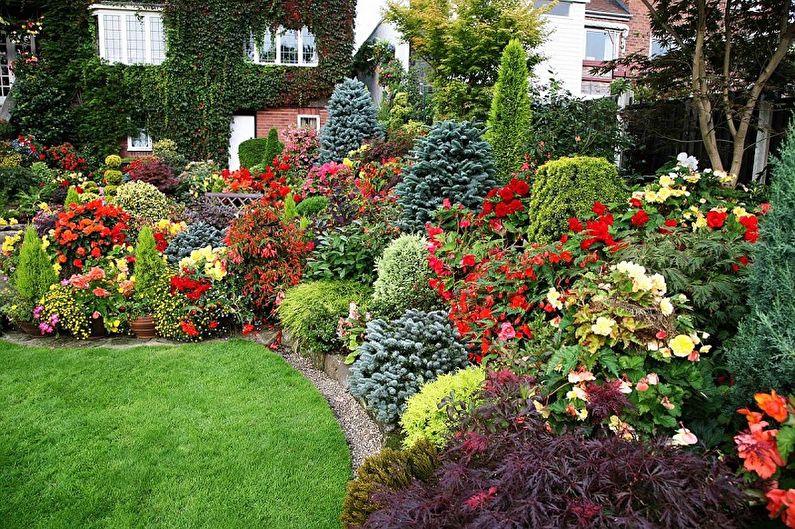

Perennial flowers for the garden and garden - photo
In our gallery we have collected a large number of photos of beautifully designed flowerbeds using perennial flowers. We hope that they will help you create real masterpieces of landscape design on your home site. Enjoy watching!
